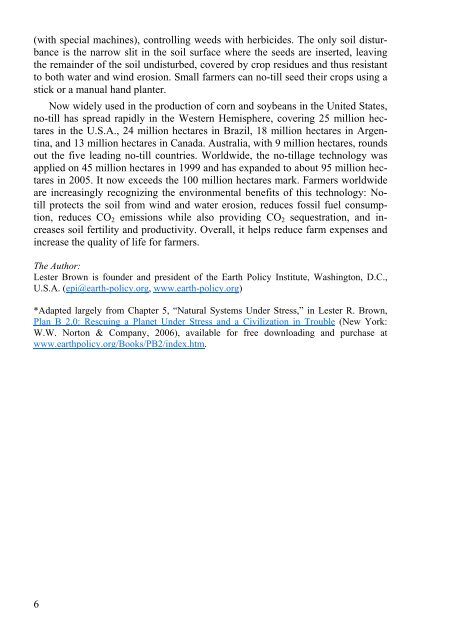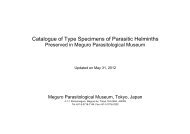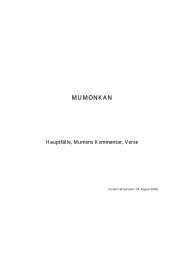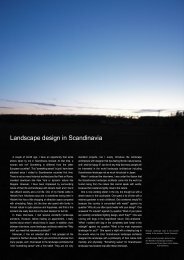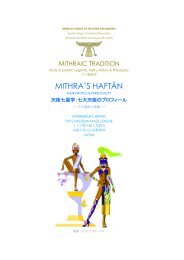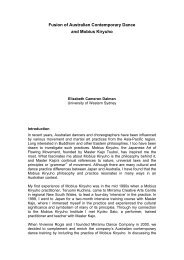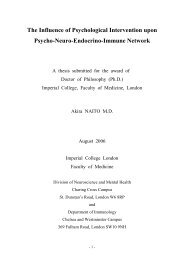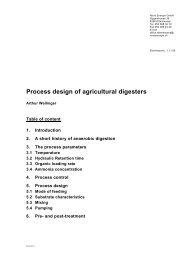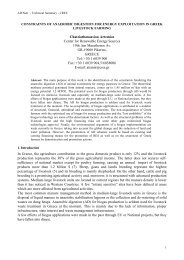III. No-Till Farming Systems - nifty
III. No-Till Farming Systems - nifty
III. No-Till Farming Systems - nifty
You also want an ePaper? Increase the reach of your titles
YUMPU automatically turns print PDFs into web optimized ePapers that Google loves.
(with special machines), controlling weeds with herbicides. The only soil disturbance<br />
is the narrow slit in the soil surface where the seeds are inserted, leaving<br />
the remainder of the soil undisturbed, covered by crop residues and thus resistant<br />
to both water and wind erosion. Small farmers can no-till seed their crops using a<br />
stick or a manual hand planter.<br />
<strong>No</strong>w widely used in the production of corn and soybeans in the United States,<br />
no-till has spread rapidly in the Western Hemisphere, covering 25 million hectares<br />
in the U.S.A., 24 million hectares in Brazil, 18 million hectares in Argentina,<br />
and 13 million hectares in Canada. Australia, with 9 million hectares, rounds<br />
out the five leading no-till countries. Worldwide, the no-tillage technology was<br />
applied on 45 million hectares in 1999 and has expanded to about 95 million hectares<br />
in 2005. It now exceeds the 100 million hectares mark. Farmers worldwide<br />
are increasingly recognizing the environmental benefits of this technology: <strong>No</strong>till<br />
protects the soil from wind and water erosion, reduces fossil fuel consumption,<br />
reduces CO2 emissions while also providing CO2 sequestration, and increases<br />
soil fertility and productivity. Overall, it helps reduce farm expenses and<br />
increase the quality of life for farmers.<br />
The Author:<br />
Lester Brown is founder and president of the Earth Policy Institute, Washington, D.C.,<br />
U.S.A. (epi@earth-policy.org, www.earth-policy.org)<br />
*Adapted largely from Chapter 5, “Natural <strong>Systems</strong> Under Stress,” in Lester R. Brown,<br />
Plan B 2.0: Rescuing a Planet Under Stress and a Civilization in Trouble (New York:<br />
W.W. <strong>No</strong>rton & Company, 2006), available for free downloading and purchase at<br />
www.earthpolicy.org/Books/PB2/index.htm.<br />
6


